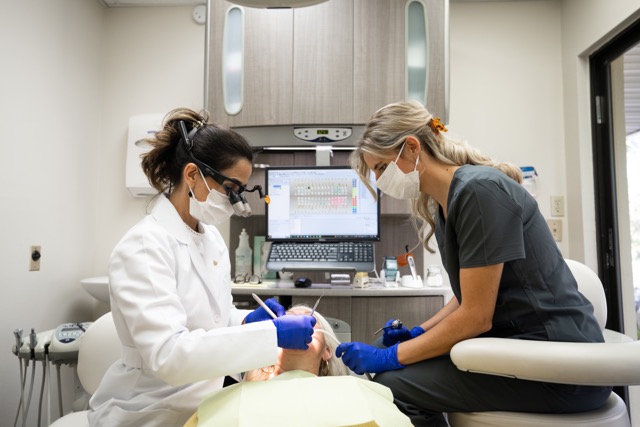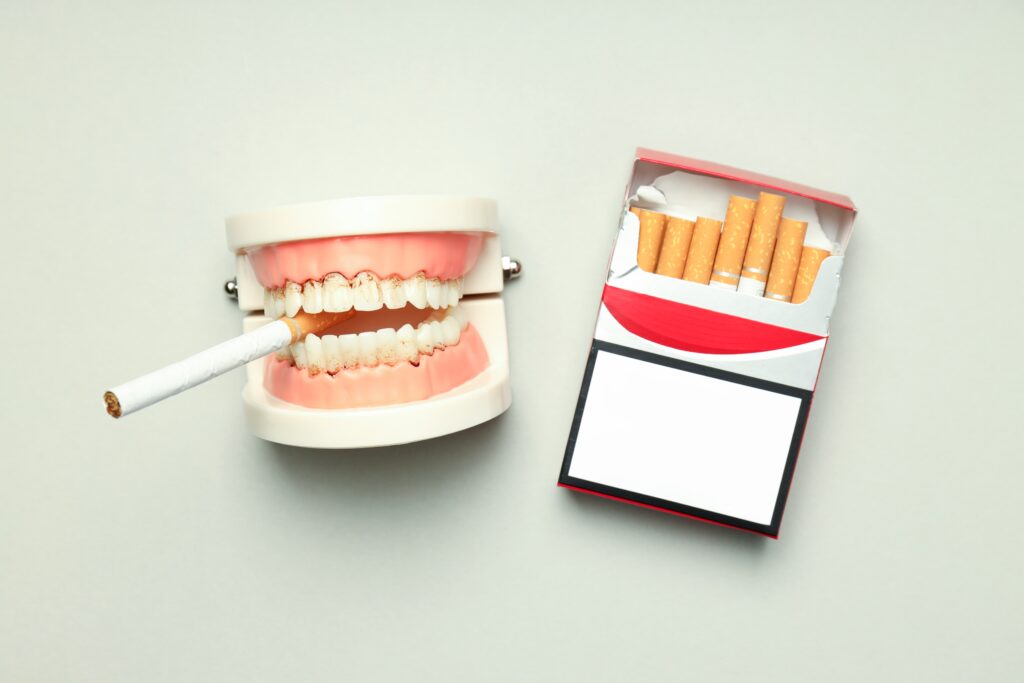


Tooth decay, also known as dental caries, has been a significant health issue throughout history. Formerly attributed to tooth worms, we now understand that certain oral bacteria release acid, causing decay. Dental researchers have made remarkable progress in understanding and preventing decay, leading to a major public health success story.
Today, tooth decay is less prevalent, with millions of American children experiencing minimal decay. Prevention is now prioritized, with improved products, fluorides, and dental sealants playing a vital role. Ongoing research aims to develop advanced imaging tools for early detection and solutions to remineralize and reverse early decay. DNA sequencing helps identify crucial genes responsible for decay, and disrupting bacterial communication within biofilms may further combat tooth decay in the future.

Periodontal disease comes in various forms, all requiring immediate treatment by your dentist to preserve gum tissue and bone. Gingivitis is the mildest form, caused by plaque toxins, while chronic periodontal disease is more common in individuals over 45, leading to inflammation and gradual gum recession.
Aggressive periodontal disease progresses rapidly, resulting in fast gum and bone loss, often affecting smokers and those with a family history of the disease. Periodontal disease relating to systemic conditions can be influenced by underlying health issues like heart disease or diabetes. Necrotizing periodontal disease is a severe form that quickly worsens, commonly seen in individuals with HIV, immunosuppression, or chronic stress.

Oral cancer, which includes cancers of the mouth and throat, accounts for approximately two percent of all diagnosed cancers in the United States. Each year, around 35,000 people are diagnosed with oral cancer, resulting in about 7,600 deaths.
The disease is more common in individuals over 40 and affects a higher number of men than women. Risk factors include tobacco and alcohol use, HPV infection, age, sun exposure, and a diet low in fruits and vegetables. Possible symptoms include sores, lumps, patches, difficulty chewing or swallowing, numbness, and swelling. Early detection through regular dental check-ups is crucial for successful treatment. During an oral cancer examination, the dentist or dental hygienist will assess the face, neck, lips, and entire mouth for signs of cancer.

Among the most common, irritating and difficult to diagnose problems with head and neck pain are temporal mandibular joint problems, more commonly known as TMJ problems. The joint is located near the ear where the top of the mandible or lower jaw meets the upper jaw at the base of the skull.
Like all other joints in the body, the TMJ is subject to inflammation and other chronic joint problems. Many of these issues may be caused by destructive bite habits like clenching or grinding. These actions cause pressure on the joint that can lead to inflammation and general breakdown of the joint itself.What makes TMJ problems difficult to diagnose and treat properly is the fact that the symptoms vary widely in both location and severity. Symptoms can range from a slight clicking in the jaw with no pain to severe head and neck pain which is not relieved by medication.Once diagnosed properly treatments include everything from simple placement of a nightguard, which prevents pressure on the joint to surgical intervention in more severe cases. A dental health professional is the person most able to diagnose this widely variable and very common issue.

Malocclusion refers to teeth misalignment, where the upper and lower teeth do not fit together properly and/or when the joint and the lower jaw are not aligned properly with the muscles. This condition can be hereditary or caused by variations in jaw size, birth defects, childhood habits (like thumb sucking), dental issues (extra or abnormally shaped teeth), ill-fitting dental appliances, jaw fractures, or tumors.
There are three categories of malocclusion: Class 1 (upper teeth slightly overlap the lower teeth), Class 2 (severe overbite), and Class 3 (underbite). Symptoms may include abnormal teeth alignment, facial appearance, difficulty or discomfort while biting or chewing, speech difficulties, and mouth breathing. Dentists usually detect alignment problems during routine exams and refer patients to orthodontists for diagnosis and treatment, which may involve dental x-rays and molds of the teeth.
